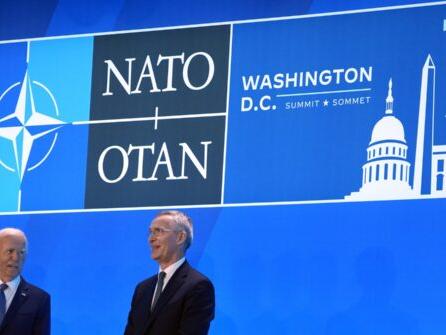Australia has elevated its national terrorism threat level from ‘possible’ to ‘probable’, marking a significant shift in the country’s security landscape. Prime Minister Anthony Albanese announced the change on August 5, 2024, emphasizing that while the threat level has increased, there is no specific intelligence about an imminent attack.The decision, based on advice from the Australian Security Intelligence Organisation (ASIO), reflects growing concerns about radicalization, particularly among young people, and community tensions exacerbated by international conflicts such as the Israel-Hamas war. ASIO director-general Mike Burgess noted that more Australians are being radicalized more quickly and are embracing a diverse range of extreme ideologies.’More Australians are embracing a more diverse range of extreme ideologies and more Australians are willing to use violence to advance their cause,’ Burgess stated. He added that ‘politically motivated violence now joins espionage and foreign interference as our principal security concerns’.The raised threat level comes in the wake of several violent incidents in Australia. In April 2024, six people were killed in a stabbing attack at a Sydney shopping center, and an Assyrian priest was stabbed in a Sydney church in a separate incident classified as terrorism-related. These events have heightened concerns about the potential for lone-actor attacks using rudimentary weapons in public places.While the conflict in Gaza is not cited as the direct cause of the increased threat level, it has been identified as a significant factor. Burgess noted that the conflict has ‘fueled grievances, promoted protests, eroded social cohesion, and increased intolerance’.The Australian government and security agencies are urging vigilance and encouraging the public to report any signs of individuals going down a ‘dark and extremist path’. The elevated threat level will likely result in enhanced security measures and increased monitoring by relevant agencies.
Key points
- Australia has raised its terrorism threat level from ‘possible’ to ‘probable’ due to increasing radicalization and community tensions.
- The decision reflects concerns about the rapid adoption of extreme ideologies and willingness to use violence.
- Recent violent incidents, including attacks in Sydney, have contributed to the elevated threat level.
- The Israel-Hamas conflict is identified as a significant factor in fueling grievances and social tensions.
Contradictions👾While most sources agree that the threat level has been raised to ‘probable’, one source incorrectly states that it was raised to ‘possible’.



